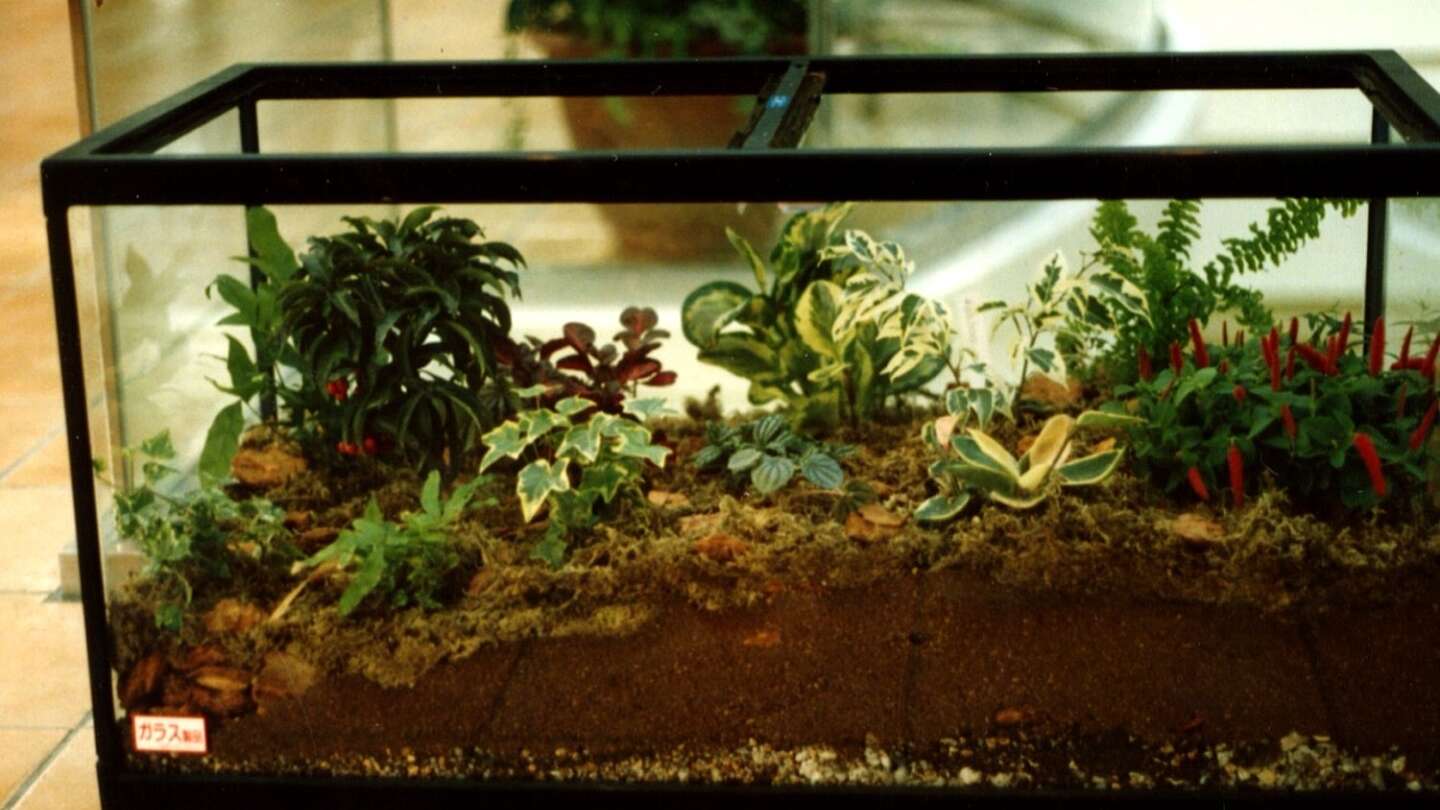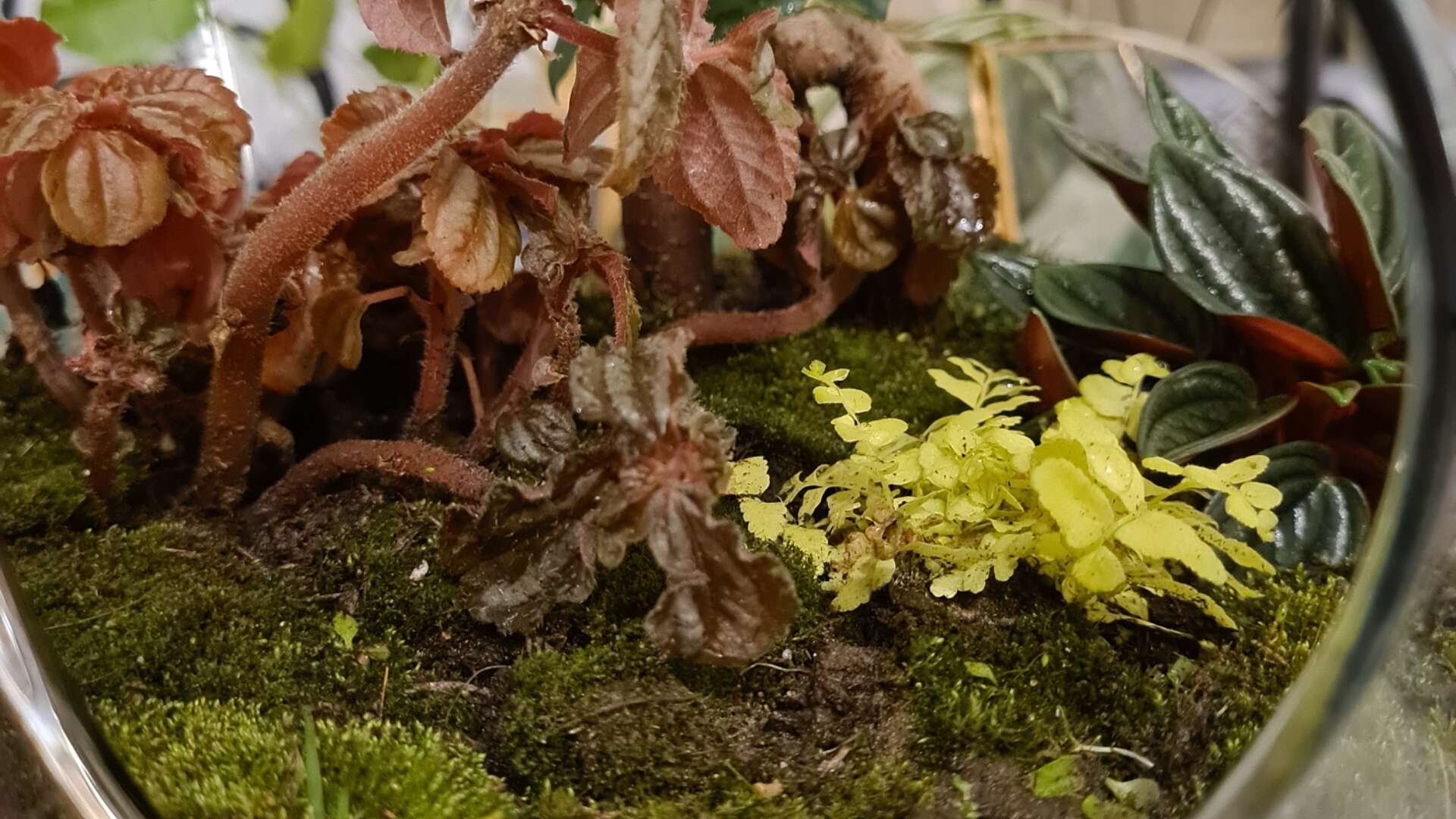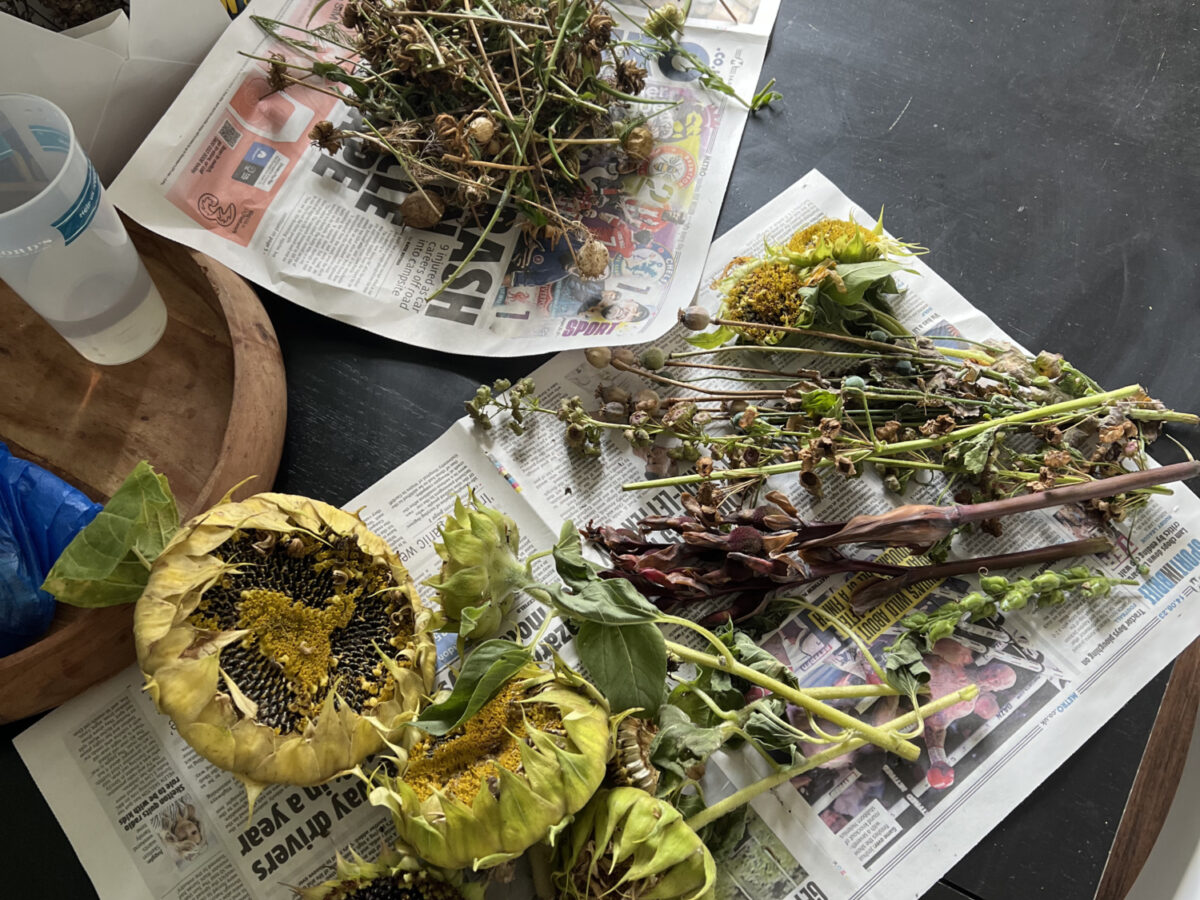Chris Collins on…sustainable terrariums

Taking a stroll around my local shops last week, I noticed the whole place has become festooned in Christmas products and decorations. To be honest I began to see this in early November, but it’s taken on a new meaning now as I know I can no longer put off buying presents!
It’s difficult to know what to buy people in a commodity-focused society as most people seem to have more than enough of everything. Luckily, this is when gardening comes to the rescue.
In recent years there’s been a huge explosion in the popularity of terrariums. Having spent decades making terrariums for my home and for sale in retail ( I sold many when working in Japan), I wanted to give you some pointers on making one to share as a festive gift.
Finding your mini garden container
The beauty of a small garden is it feels like a whole forest shrunk down to miniature. Contained in glass, it’s also incredibly mobile and takes up little space - perfect for a son or daughter away at university.
I prefer an open-topped terrarium (as opposed to one with a lid or a narrow neck). This is because I can check moisture levels, feed with organic fertiliser and change and rotate the planting. In other words, I want to be able to garden in my terrarium not just look at it!
I find a fish tank or large bowl makes the perfect container for a miniature garden. They’re readily available second-hand on the internet and are reasonably inexpensive. Recycled glass cabinets with sliding doors also make excellent terrariums but may be a little more costly.

How to make a sustainable terrarium
Always give your container a good clean before adding your growing media, then place a layer of grit or small pebbles, at around 20mm in depth onto the tank base. This will act as a water table for any excess water.
Next, add some peat-free compost to a depth of 50-80 mm. There are now some specific peat-free houseplants mixes on the market. I also like to add 20 per cent fine bark to give a nice open substrate. Undulate the compost to form a mini landscape and forage for some small rocks or interesting pieces of wood in your garden.
Then comes the planting. Small house plants that are epiphytic by nature i.e. plants that get most of their moisture and nutrients from the air, are perfect. Orchids make beautiful subjects as do plants such as fittonia, pipers, begonias and ferns.
To keep your costs and carbon footprint to a minimum, seek out some cuttings from friends - most indoor plants propagate easily in water or by division. Or, look for some of the many British small companies now selling houseplants online that are peat, pesticide and plastic-free, such as Harriets Plants.
The final layer in your terrarium is moss, as this maintains moisture around the roots and provides an indicator of when the terrarium is lacking moisture. The moss has the bonus of giving a very natural appearance, but ensure you buy it from a sustainable source. There are businesses online that specialise in ethically grown and hand-picked moss that is not from peat bogs.
Eco after-care for your indoor garden
Once constructed, a terrarium is simple to look after but attention to watering is the real trick. Be sure to add a little label to your gift so the recipient doesn’t let their terrarium dry out. Watering is best done with a sprayer - and collected rainwater is even better. Give plants a light soaking, little and often, as this will also create humidity. A few times during the growing season, you can add a drop or two of seaweed extract to your sprayer and pick over any dead or dying foliage.
Just one final word of warning - if you’re planning to give a terrarium as a gift make sure you watch its weight if you are planning to carry it over any distance. A full-size fish tank can be very heavy! It only remains for me to wish you all a very happy Christmas and a prosperous and peaceful new year.
Read more from Chris Collins
-

Chris Collins on…planting trees
Our head of organic horticulture shares why he loves trees and how to plant them successfully
-

Chris Collins on…leafmould
Leafmould is a natural bonanza, writes Chris Collins in his latest blog, as he shares how to make this valuable soil conditioner.
-

Chris Collins on…saving seeds from hardy annuals
It’s easy to save seeds from annual flowers, says our head of organic horticulture Chris Collins. All you need is some envelopes!